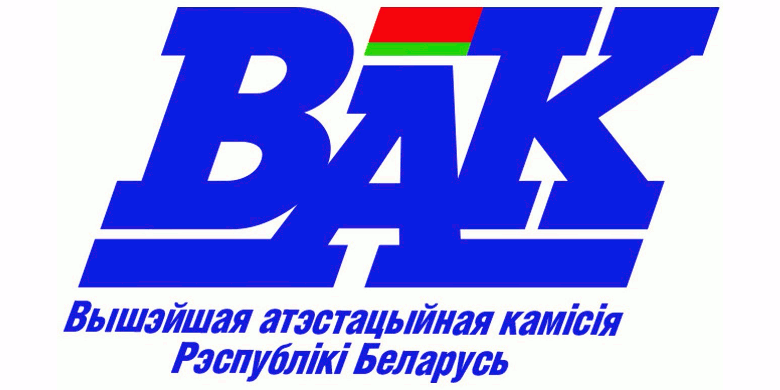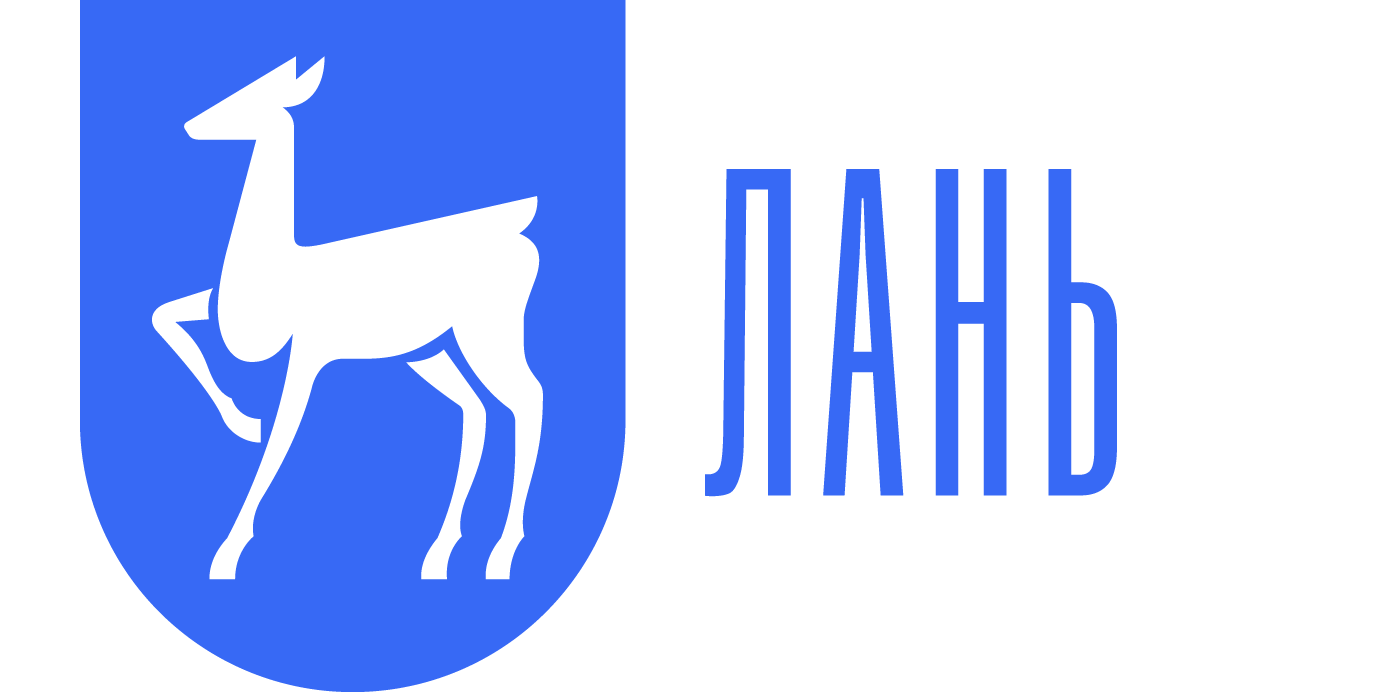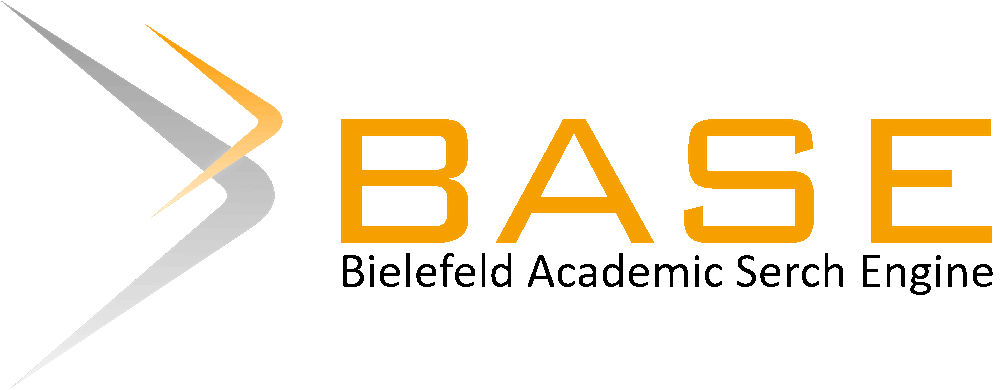Patterns of Somatic and Functional Development of Athletes involved in Swimming at the Age of 11-15
Keywords:
anthropometry, functional indicators, total body sizes, morphological status, selection in swimmingAbstract
The problem of sports selection and the subsequent individualization of the training process is the foundation of all many years of training and directly affects the level of sports achievements in general. In the modern realities of sports of the highest achievements, the identification of the most promising athletes taking into account their morphofunctional profile is of particular importance. The article contains information on age-related patterns of somatic and functional development of athletes involved in swimming. The age-related dynamics of changes in anthropometric indicators at the age of 11-15 is described. During the survey, anthropometric and functional measurements, processing and analysis of the results using methods of mathematical statistics were used. The novelty of the author’s view of the problem makes it possible to derive comparative characteristics of the morphological status of athletes involved in swimming at the age of 11-15 by the indicators of anthropometry, physiometry and component composition of the body.
References
2. Давыдов В. Ю. Отбор и ориентация пловцов по показателям телосложения в системе многолетней подготовки (Теоретические и практические аспекты): монография / В. Ю. Давыдов, В. Б. Авдиенко. – Волгоград : ВГАФК, 2012. – 344 с.
3. Мартиросов, Э. Г. Инструкция сектора спортивной антропологии Всесоюзного научно-исследовательского института физической культуры / Э. Г. Мартиросов. – Всесоюз. науч.-исследоват. ин-т физ. культуры. – М, 1972. – 38 с.
4. Рыбина, Я. В. Оценка перспективности юных пловцов с учетом соматической, функциональной зрелости, биологического возраста и половой дифференцировки: автореф. дис. … канд. пед. наук /Я. В. Рыбина. – М., 1994 – 24 с.
5. Фесенко, С. Л. Основные варианты построения многолетней подготовки сильнейших пловцов мира: автореф. дис…канд. пед. наук / С. Л. Фесенко. – Киев, 1986. – 23 с.
6. Matiegka, J. The testing of physical efficiency / J. Matiegka // Amer. J. Phys. Antropol. – 1921. – Vol. 14. – N 3. – P. 223-230.
References
1. Bunak V.V. Anthropometry. Practical course: a manual for high schools [Standard method for determining anthropometric studies of total body size and functional parameters] 1941, 368 p. (In Russian)
2. Davydov V.Yu., Avdienko V.B. Selection and orientation of swimmers according to physique in the long-term training system [Theoretical and practical aspects] 2012, 344p. (In Russian)
3. Martirosov E. G. Instruction of the sports anthropology sector of the All-Union Scientific Research Institute of Physical Culture [Anthropometric study instructions] 1972, 38 p. (In Russian)
4. Rybina Y.V. Assessment of the prospects of young swimmers, taking into account somatic, functional maturity, biological age and sexual differentiation: Abstract. [Criteria for assessing the prospect taking into account morphofunctional status young swimmers] 1994, 24 p. (In Russian)
5. Fesenko S.L. The main options for building long-term training for the strongest swimmers in the world [Individualization of sports training of the strongest swimmers in the world] 1986, 23 p. (In Russian)
6. Matiegka, J. The testing of physical efficiency [Theoretical formulas for calculating the component composition of the body] Amer. J. Phys. Antropol. 1921, vol. 14, no 3, pр. 223-230.













